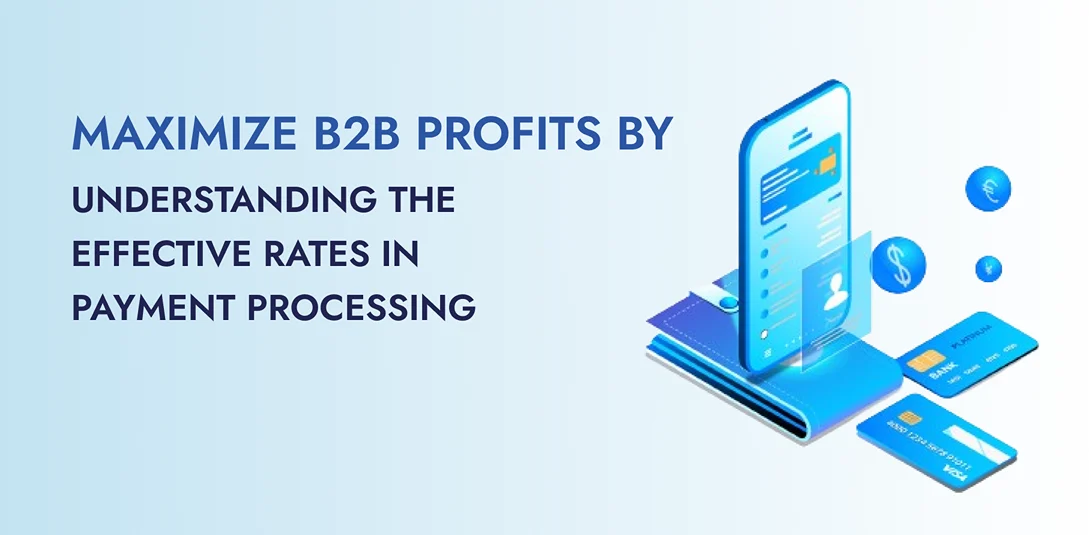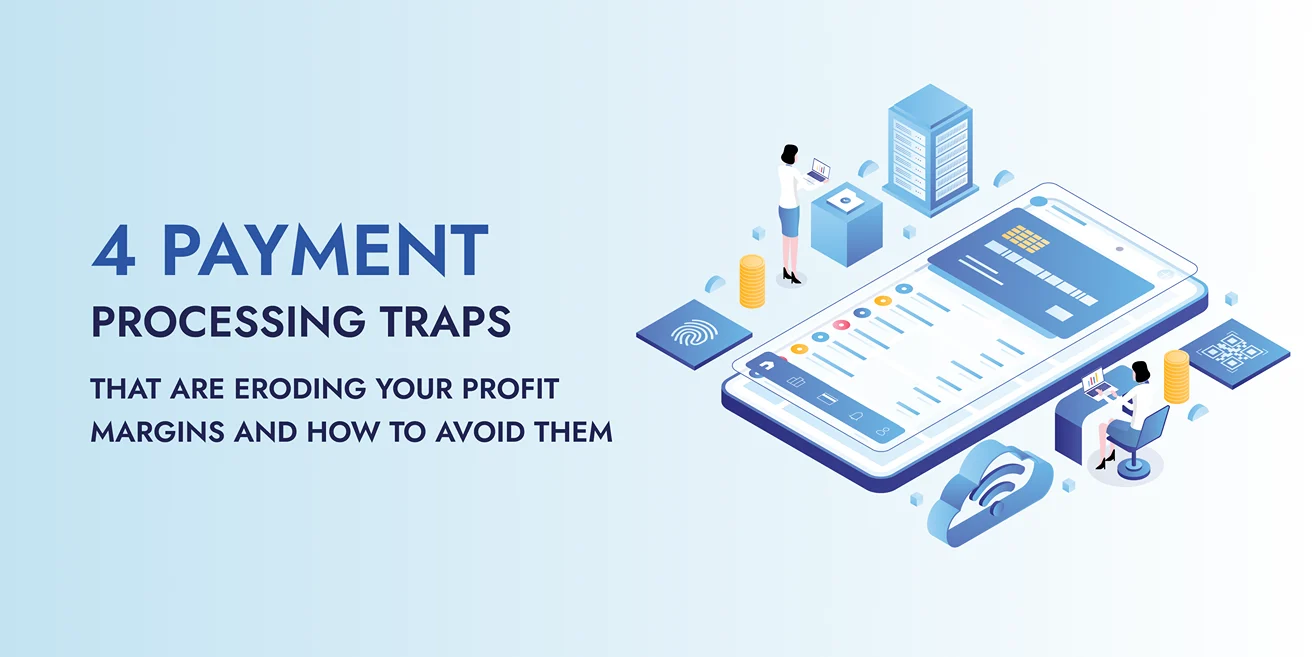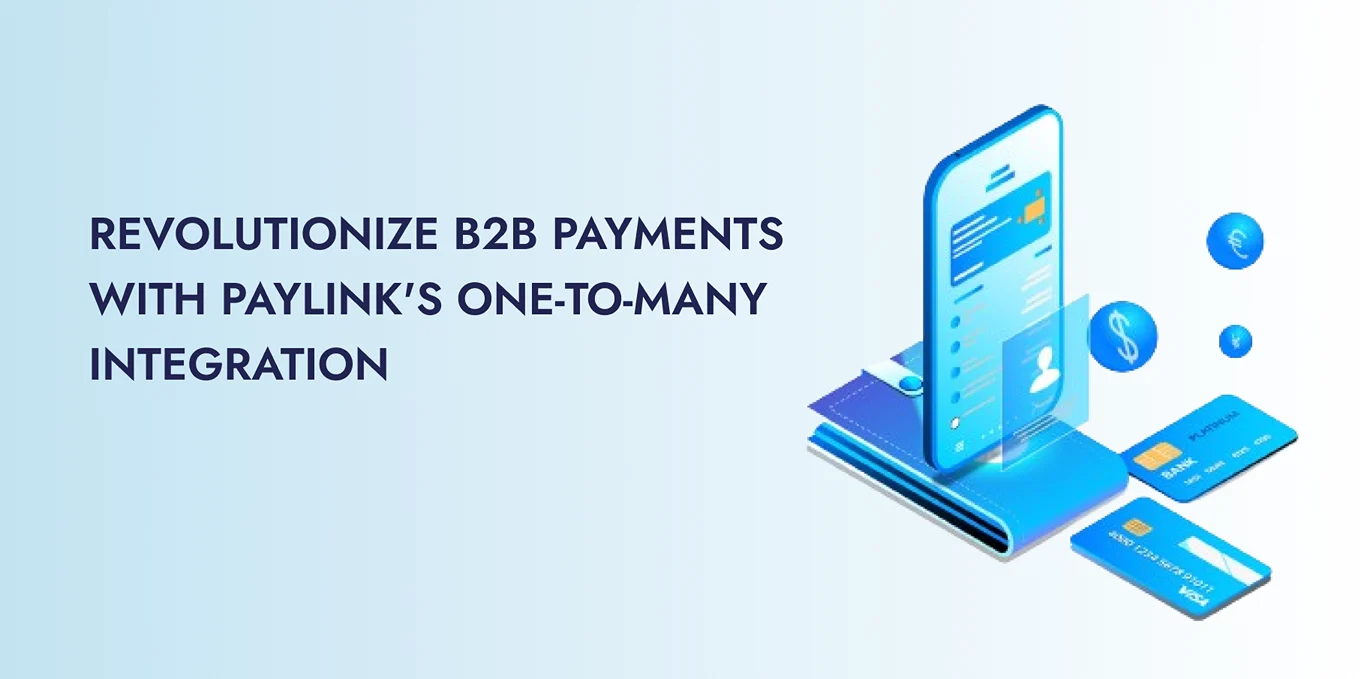In the fast-paced world of B2B transactions, every penny counts. As a business owner or manager, you are constantly on the hunt looking for ways to optimize your payment processing methods to minimize costs and maximize profitability. One key metric that often gets overlooked but holds significant importance is the effective rate.
In this blog post, we will delve into what effective rates entail, how they are calculated across different payment methods such as checks, ACH, and credit cards, and why understanding them is paramount for your business success.
What is the Effective Rate?
Effective rate is a measure that encapsulates the total cost of processing payments relative to the transaction volume. While it’s relatively straightforward to calculate the effective rate for credit card transactions by dividing total fees by volume, the true effective rate requires consideration of various factors beyond just the fees. These factors may include chargebacks, interchange fees, processing time, and risk management costs, among others.
How To Calculate Effective Rates for Different Payment Methods
1. Credit Cards
Credit card effective rates are relatively easy to calculate on the surface. You divide the total fees incurred in processing credit card transactions by the total transaction volume. However, to determine the true effective rate, you need to take into account factors such as:
- Interchange fees: Fees charged by the card issuer for processing transactions.
- Chargeback costs: Expenses incurred due to disputed transactions.
- Processing time: The duration between the transaction initiation and settlement.
- Risk management costs: Expenses related to fraud prevention and mitigation.
By incorporating these factors into your calculations, you can arrive at a more accurate representation of your credit card effective rate.
2. ACH (Automated Clearing House)
Processing checks via ACH also comes with its own set of costs and considerations. While ACH transactions typically incur lower fees compared to credit cards, the effective rate for ACH payments depends on factors such as:
- Transaction volume: The number of ACH payments processed.
- Processing fees: Charges levied by the ACH network and your payment processor.
- Return fees: Costs associated with bounced or failed transactions.
- Risk management: Measures taken to mitigate fraud and ensure transaction security.
By analyzing these factors alongside your transaction volume, you can ascertain the effective rate for processing ACH payments.
3. Checks
Processing paper checks may seem outdated in today’s digital age, but for many businesses, they remain a prevalent payment method. Calculating the effective rate for processing checks involves considering factors such as:
- Check handling costs: Expenses related to manual processing, including printing, mailing, and depositing checks.
- Processing delays: The time it takes for checks to clear and funds to become available.
- Risk of fraud: The potential for counterfeit or fraudulent checks.
Despite the prevalence of electronic payment methods, understanding the effective rate for processing checks is crucial for businesses that still rely on this payment modality.
Leveraging Credit Policy Calculators
To streamline the process of determining effective rates across different payment methods, businesses can leverage credit policy calculators. These tools enable you to input relevant data such as transaction volume, fees, processing times, and risk factors, and generate comprehensive reports detailing the effective rates for checks, ACH, and credit card transactions.
By utilizing credit policy calculators, businesses can gain valuable insights into their payment processing costs and identify opportunities for optimization and cost savings.
The Advantages of Credit Card Payments
Despite the varying effective rates across different payment methods, credit cards often emerge as the preferred choice for businesses in the accounts receivables process. This preference can be attributed to several factors:
- Faster processing times: Credit card transactions typically settle within days, providing businesses with quicker access to funds compared to checks or ACH payments.
- Enhanced security: Credit card payments offer robust fraud protection measures, reducing the risk of financial loss due to fraudulent activities.
- Streamlined reconciliation: The digital nature of credit card transactions simplifies the reconciliation process, minimizing errors and improving overall efficiency.
While credit cards may incur higher effective rates compared to other payment methods, the benefits they offer in terms of speed, security, and efficiency often outweigh the associated costs.
Optimize Your B2B Payments Strategy
At PayLink, we’re more than just a payment processor; we’re your trusted partner in achieving your business goals. We offer:
- Multiple payment solutions: Choose from a variety of options to accommodate your specific needs and customer preferences.
- Robust security: Ensure the safety and security of your transactions and customer data with industry-leading security measures.
- Unwavering support: Our dedicated team is available 24/7 to provide expert guidance and answer any questions you may have.
Embrace transparency and empower your B2B success. Contact PayLink today and let’s build a payment processing ecosystem that benefits everyone.


